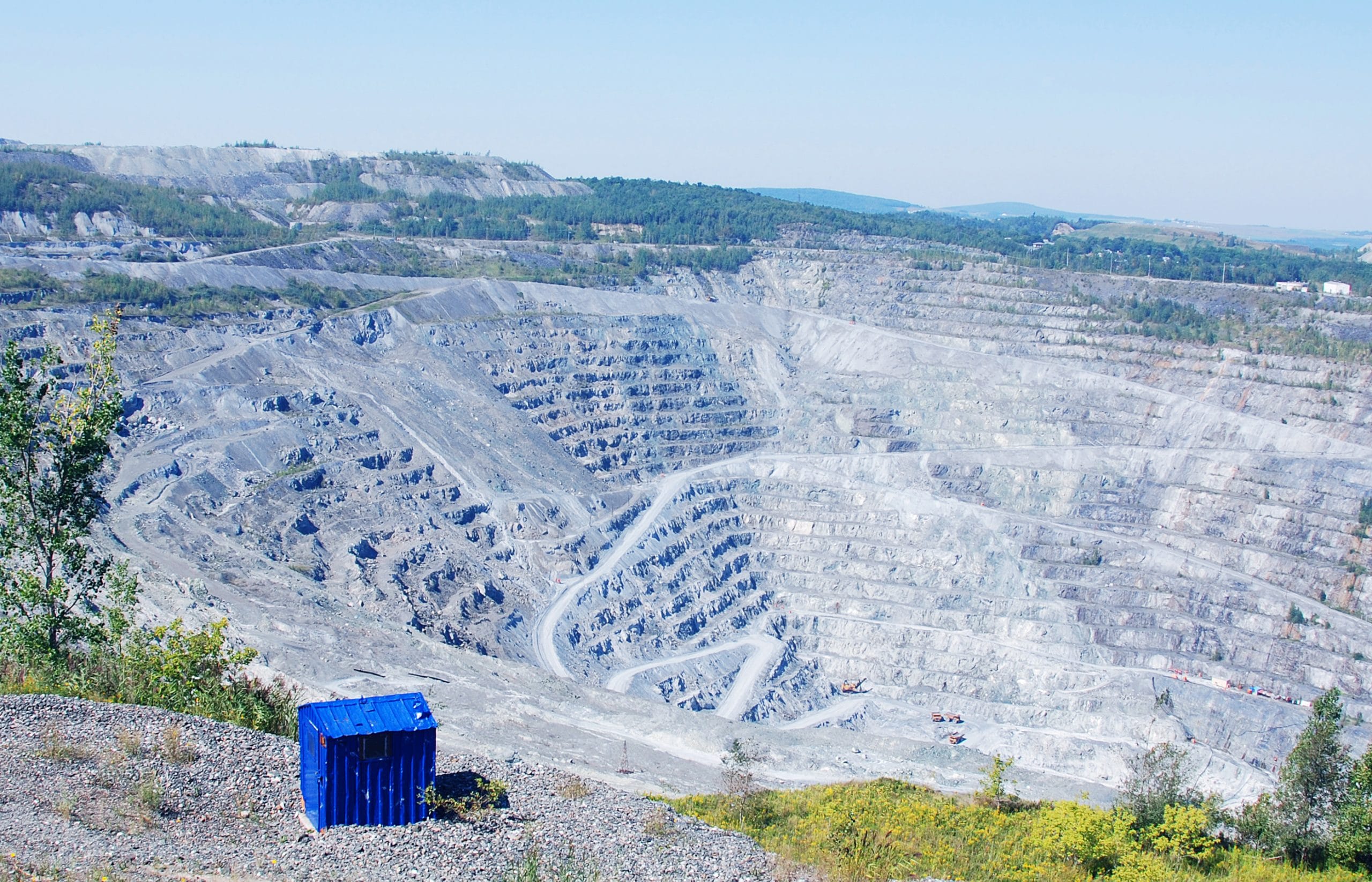Does Asbestos Cause Lung Cancer?
Asbestos is a naturally-occurring mineral that was mined and used in many different capacities all over the world for several decades. Discover more about the mineral and how prolonged exposure can affect you.

What Is Asbestos?
A naturally occurring mineral, asbestos is a bundle of fibers that can be found in rock and soil deposits all over the world. There are two primary types (chrysotile and amphibole), and both have been linked to lung cancer and other diseases. Prolonged exposure to the mineral wasn’t known publicly to cause illness until recently. Yet, even then, it was still used in many building capacities.
The mineral’s fibers are useful because they are durable, fire- and electricity-resistant, and cost-effective. It’s also resistant to chemical corrosion. Commonly, this carcinogen was used as an insulation product since the Industrial Revolution to insulate factories, schools, and ships. It was also used to make automobile brake and clutch parts, roofing shingles, ceiling and floor tiles, cement, and textiles, as well as many other products.
Where Is Asbestos Found?
This mineral has been mined from all around the world. In the U.S., one mine in Libby, Montana, provided hundreds of tons of vermiculite ore contaminated with asbestos to processing plants across the country. Because the mineral was also used heavily in construction, shipbuilding, and automotive industries, it is likewise found in hundreds of different products.
Environmental Pollution

Due to extensive use in construction, asbestos fibers have dispersed throughout many urban and rural environments. Small amounts of it can be found in the air, but it can also be found naturally in underground rock and near fault zones.
Unless the brittle, easily broken fibers are disturbed, the mineral is too deep to be a health concern. In areas such as California, Virginia, and New Jersey, asbestos-bearing rock is close enough to the surface that construction or demolition projects can disturb the fibers, causing a public health hazard.

Occupational Exposure
Asbestos is still found on sites today. In the U.S. alone, an estimated 27 million workers were exposed to aerosolized fibers between 1940 and 1979. Jobs with a high risk of asbestos exposure include:
- Asbestos Manufacturing
- Auto mechanics
- Boilermakers
- Bricklayers
- Building inspectors
- Carpenters
- Construction workers
- Demolition crews
- Drywallers
- Electricians
- Insulators
- Ironworkers
- Longshore workers
- Maritime
- Painters
- Pipefitters
- Power plant and utility crews
- Plumbers
- Roofers
- Steel and sheet metal workers
- Shipyard crew
- Steel mill workers
- U.S. Navy personnel
- Welders
Construction crews remain at the highest risk of exposure today as they are often the first to come into contact with disturbed asbestos in buildings built before the 1980s. This population includes approximately 1.3 million workers, as well as those involved in building and equipment maintenance.
Exposure Risks
When the toxic fibers are disturbed, they become their most dangerous. Because the material is incredibly friable (or easily shattered into small crumbs), disturbing the fibers expel them into the air, where they are more likely to be inhaled or ingested by nearby residents or workers.
Prolonged exposure to the mineral can cause cells in the lung tissue to become irritated and scarred, potentially leading to the diagnosis of chronic lung disease. Secondary exposure can also occur when the fibers are transferred from workers’ skin, hair, or clothes to their family or friends.

Asbestos-Related Lung Diseases
Several different diseases can develop because of prolonged exposure to the mineral. Asbestos-related conditions include:
- Lung cancer – When tumors develop within one or both lungs. It can eventually spread to the lymph nodes.
- Mesothelioma – Cancer that develops in the tissue around the lungs (pleura). More rare locations for mesothelioma to develop are the tissue linings around the peritoneum (abdomen) or heart (pericardium).
- Laryngeal cancer – Tumor development in the tissues around the larynx, also known as the voice box.
- Pharyngeal (throat) cancer – Like lung cancer, pharyngeal tumors develop in a tube inside the neck and behind the nose, extending to the windpipe.
- Asbestosis – When lung tissues become scarred from prolonged irritation from harmful fibers.
- Pleural effusion – This illness occurs when irritation from asbestos fibers causes infection, excess fluid, pus, air, or other gases to build up in the pleural area.
Regulations Against Asbestos
Since researchers discovered the mineral can cause illness, there have been regulations put in place to control and limit public exposure. Laws heavily control the details surrounding the construction, demolition, and renovation projects in contaminated structures, as well as the development, production, and distribution of asbestos products on and off the market. Laws hold building owners, managers, and contractors accountable, and penalties can consist of expensive fines and prison or jail time.
The most recent set of rules was developed in 2018 by the Environmental Protection Agency (EPA) under the Clean Air Act. These rules are called the National Emissions Standards for Hazardous Air Pollutants (NESHAP). Additionally, each state enforces laws to further regulate the release of toxic fibers during activities involving all mineral handling.

Legal Recourse for Victims of Exposure
Nowadays, with modern exposure regulations, if a person experiences prolonged, hazardous exposure on the job and develops lung cancer or another illness, they may be entitled to compensation from their employer for negligence.
Talk with a doctor about the details surrounding your illness. They can tell you what steps to take next, including if you have grounds for a legal case.


